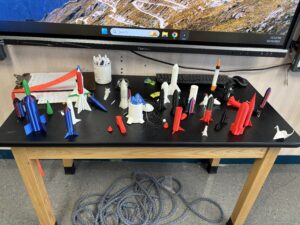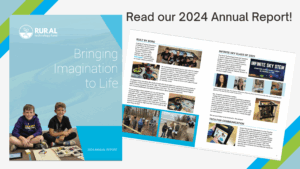Over the summer, the RTF received a grant request from Amanda McCraw, the classroom teacher, principal, and superintendent of Panoche School District. She was prepared to start from scratch to integrate robotics education into her classroom for her students.
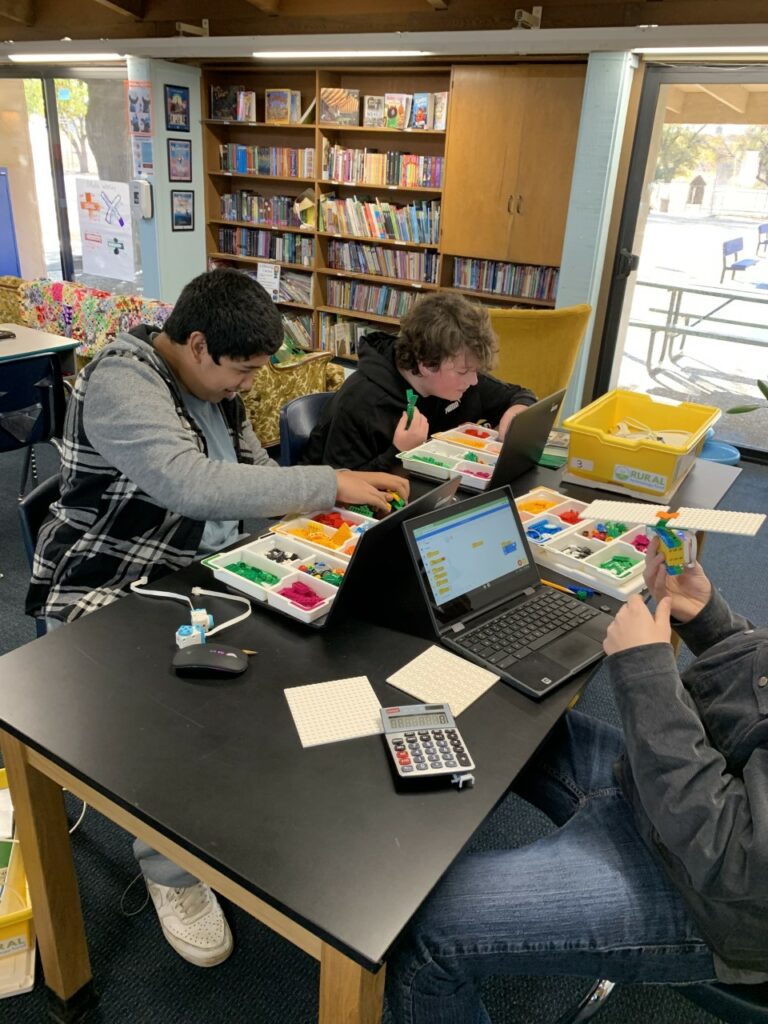
Amanda McCraw, the only employee of Panoche School District, wears the hats of classroom teacher, principal, and superintendent. Her one-room school in Paicines, CA currently enrolls 8 students (one 1st grader, two 2nd graders, one 4th grader, one 7th grader, and three 8th graders). Amanda’s life revolves around the school: she lives on campus just steps away from her classroom, her husband volunteers for yard duty and as a lunch helper, and she teaches one of her own children! Accepting the position was easy for Amanda; she grew up one hour away in the nearest town and has always loved the small, rural school setting. With her heterogeneous class, Amanda says the kids close in age vary so much in ability that she imagines they would be lost in a traditional setting.
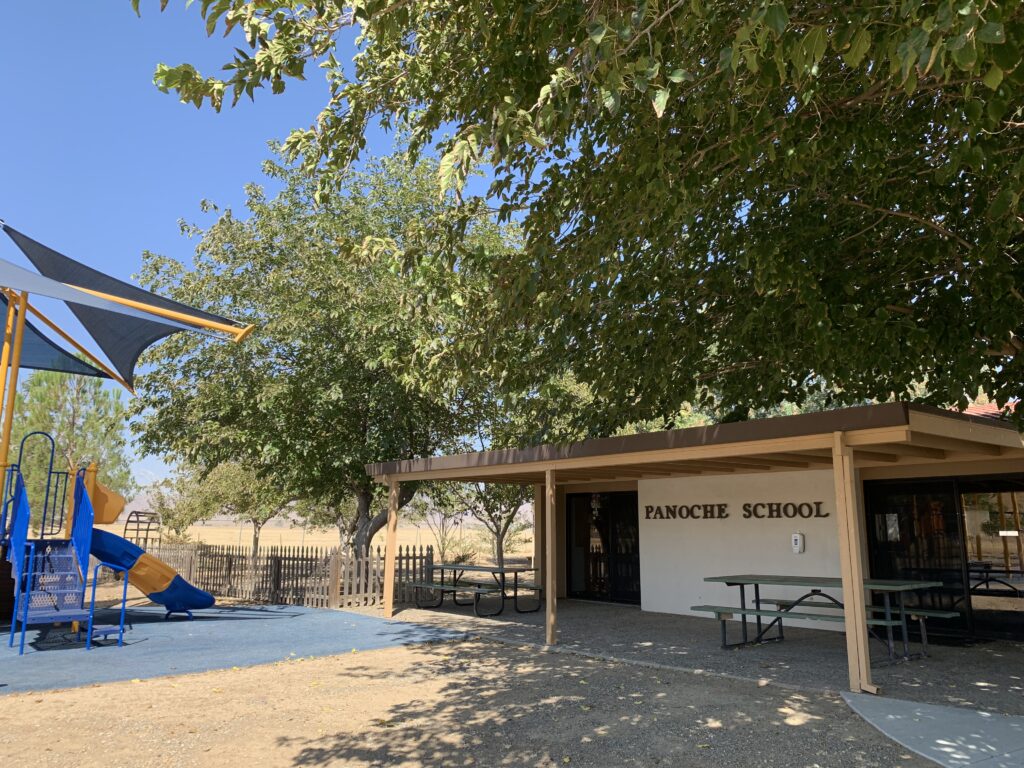
“Here, they’re getting exactly what they need. That’s what I got into teaching to do! I will celebrate rural schools and small schools forever.”

Prior to introducing robotics, Amanda had a large bucket of LEGOs in her classroom. Students always wanted to build with them, so she thought to herself, “How can I turn this into an educational opportunity for them?” When searching for LEGO education options, she stumbled across the LEGO STEAM curriculum. She said, “I looked around and thought that we have so little tech integration, and this is their future. They’re going to work in jobs that don’t even exist yet. It was eye-opening.” She then began searching for grant opportunities to make her vision a reality and found the RTF.
“Starting from scratch was easier than I thought! I was worried we would have a hurdle,” she reflected. The RTF supplied Amanda’s classroom with LEGO Spikes and LEGO BricQs. As soon as the items arrived, Amanda unpacked them, stuck stickers on them, and let her kids explore. Within days, students were making cars that were coded to drive across the room. In awe of their creativity, she said, “it’s been amazing to see how they took it and ran. Now they’re asking if they can do other things and add things on. They’re thirsty for it!”

With such a range in ages, Amanda runs a centers-based schedule where each student can interact with the equipment for two 50-minute sessions each week. She reflected,
“It’s been fantastic because I see them working – I partner my big kids and little kids. I’m seeing teamwork. I have several English language learners and their communication skills are benefitting from it because they’re talking it out with their friends and creatively solving problems! There are so many benefits I didn’t even think about.”
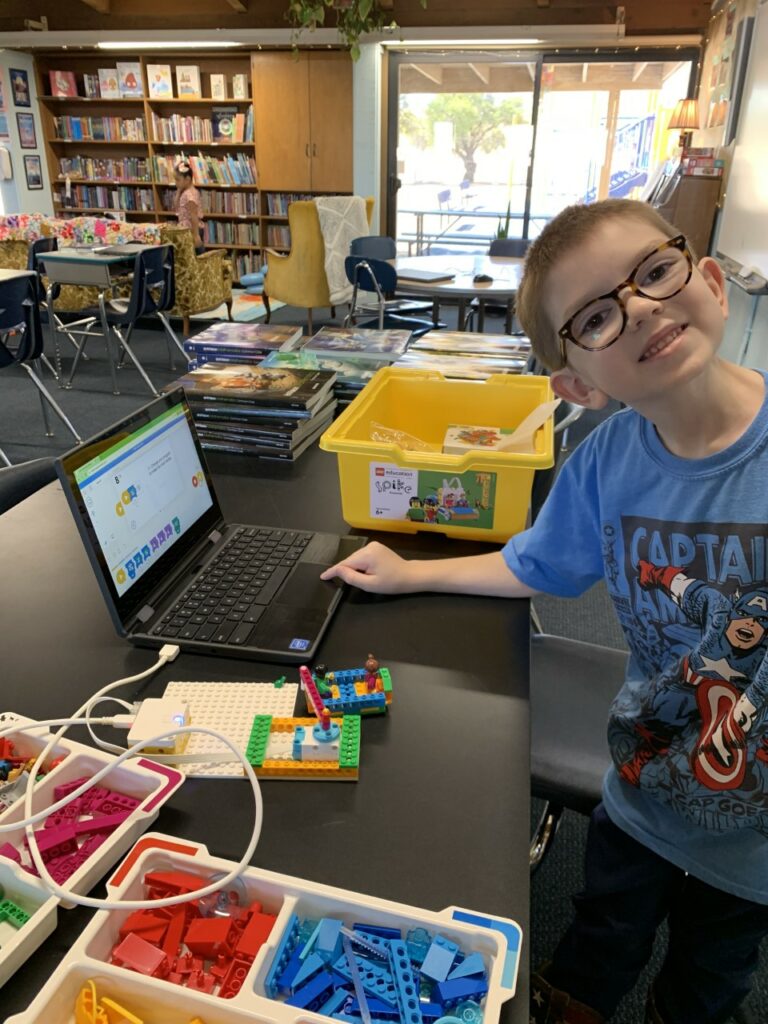
“My idea was they were going to work on coding, which is big as they grow up. Maybe some engineering. I had no idea it was going to hit so many other aspects – social-emotional learning from working with buddies and on a team. It’s just been… so much more than even I had hoped for.”
For educators looking to start exploring robotics in their rooms, Amanda had this advice to offer:
Let the kids teach you! Don’t be afraid if it’s something you don’t understand or feel you’re a master of. The kids will show you! I had a second grader who said, “Oh! I can show you how to do that – just drag the blocks this way and make it spin!” Your students have so much to share with you.
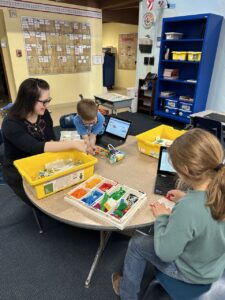
We are so thrilled to have Amanda in our RTF Educator family, and cannot wait to see what she is able to accomplish in her classroom next!
Stay up to date with our quarterly newsletter, here!

